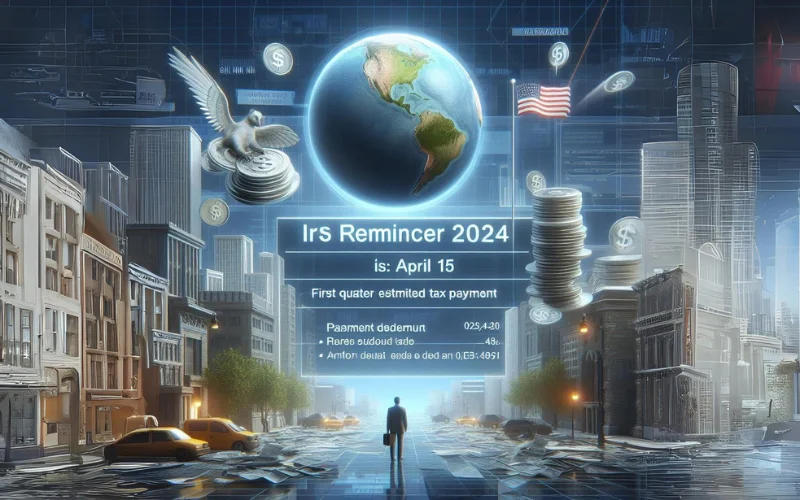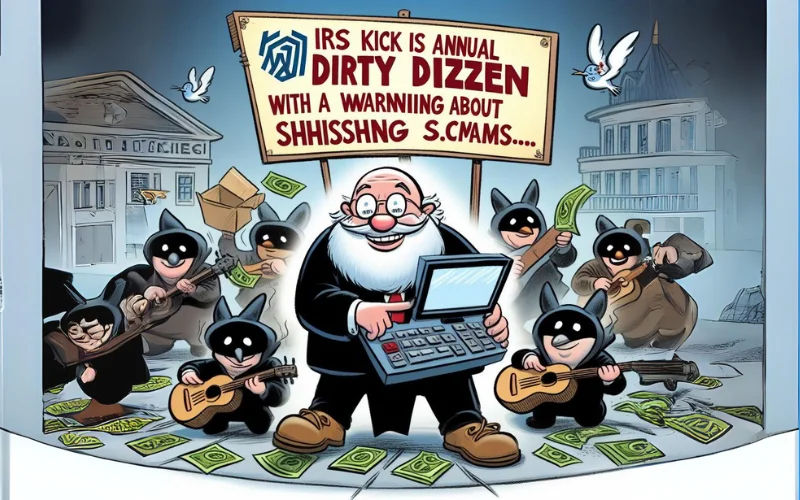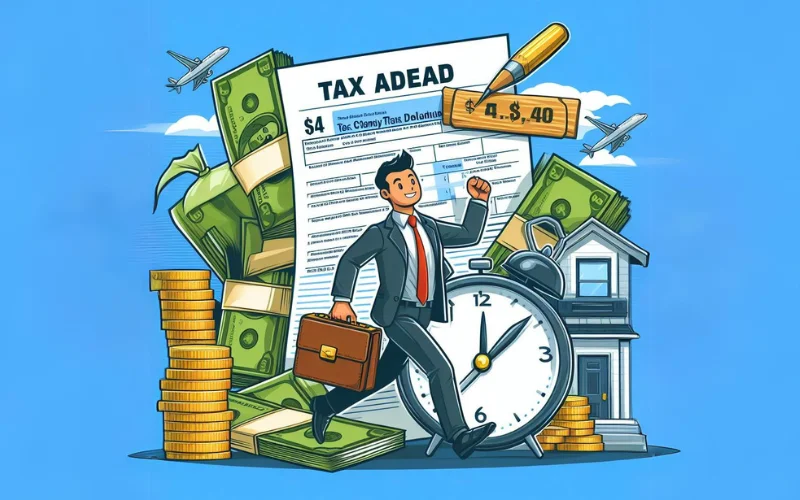With the April 15 tax deadline approaching, the IRS reminds taxpayers there is still time file their federal income tax return electronically and request direct deposit.
Filing electronically reduces tax return errors as tax software does the calculations, flags common errors and prompts taxpayers for missing information. Most people qualify for electronic filing at no cost and, when they choose direct deposit, receive their refund within 21 days.
Free electronic filing options
Taxpayers with income of $79,000 or less in 2023 can use IRS Free File guided tax software now through Oct 15. IRS Free Fillable forms, a part of this program, is available at no cost to taxpayers of any income level and provides electronic forms for people to fill out and e-file themselves.
IRS Direct File is now open to all eligible taxpayers in 12 pilot states to decide if it is the right option for them to file their 2023 federal tax returns online, for free, directly with the IRS. Go to the Direct File website for more information about Direct File pilot eligibility and the 12 participating states.
Through a network of community partnerships, the Volunteer Income Tax Assistance (VITA) and Tax Counseling for the Elderly (TCE) programs offer free tax return preparation to eligible people in the community by IRS certified volunteers.
MilTax, a Department of Defense program, generally offers free return preparation and electronic filing software for federal income tax returns and up to three state income tax returns for all military members, and some veterans, with no income limit.
Use Where’s My Refund? to check refund status
The Where’s My Refund? tool will normally show a refund status within 24 hours after e-filing a 2023 tax return, three to four days after e-filing a 2021 or 2022 return and four weeks after filing a tax return by mail. To use the tool, taxpayers need their Social Security number, filing status and exact refund amount. Taxpayers can also check Where’s My Refund? by downloading our free mobile app, IRS2Go, from an iPhone or Android device. The tool updates once a day, so people don’t need to check more often.
Taxpayers that owe on their tax return
IRS reminds people they can avoid paying interest and some penalties by filing their tax return and, if they have a balance due, paying the total amount due by the tax deadline of Monday, April 15. For residents of Maine or Massachusetts, the tax deadline is Wednesday, April 17, due to Patriot’s Day and Emancipation Day holidays.
Payment options for individuals to pay in full
The IRS offers various options for taxpayers who are making tax payments:
- Direct Pay – Make a payment directly from a checking or savings account without any fees or registration.
- Pay with debit card, credit card or digital wallet – Make a payment directly from a debit card, credit card or digital wallet. Processing fees are paid to the payment processors. The IRS doesn’t receive any fees for these payments. Authorized card processors and phone numbers are available at IRS.gov/payments.
- Electronic Federal Tax Payment System (EFTPS) – This free service gives taxpayers a safe, convenient way to pay individual and business taxes by phone or online. To enroll and for more information, taxpayers can call 800-555-4477 or visit eftps.gov.
- Electronic funds withdrawal – Taxpayers can file and pay electronically from their bank account when using tax preparation software or a tax professional. This option is free and only available when electronically filing a tax return.
- Check or money order – Payments made by check or money order should be made payable to the “United States Treasury.”
- Cash – Make a cash payment through a retail partner and other methods. The IRS urges taxpayers choosing this option to start early because it involves a four-step process. Details, including answers to frequently asked questions, are at IRS.gov/paywithcash.
Payment options for individuals unable to pay their taxes in full
Taxpayers that are unable to pay in full by the tax deadline, should pay what they can now and apply for an online payment plan. They can receive an immediate response of payment plan acceptance or denial without calling or writing to the IRS. Online payment plan options include:
- Short-term payment plan – The total balance owed is less than $100,000 in combined tax, penalties and interest. Additional time of up to 180 days to pay the balance in full.
- Long-term payment plan – The total balance owed is less than $50,000 in combined tax, penalties and interest. Pay in monthly payments for up to 72 months. Payments may be set up using direct debit (automatic bank withdraw) which eliminates the need to send in a payment each month, saving postage costs and reducing the chance of default. For balances between $25,000 and $50,000, direct debit is required.
Though interest and late-payment penalties continue to accrue on any unpaid taxes after April 15, the failure to pay penalty is cut in half while an installment agreement is in effect. Find more information about the costs of payment plans on the IRS’ Additional information on payment plans webpage.
Unable to file by the April 15 deadline?
Individuals unable to file their tax return by the tax deadline can apply for a tax-filing extension in the following ways:
- Individual tax filers, regardless of income, can electronically request an automatic tax-filing extension through IRS Free File by filing a Form 4868, Application for Automatic Extension of Time to File U.S. Individual Income Tax ReturnPDF.
- Make an electronic payment using Direct Pay, debit card, credit card or digital wallet and indicate the payment is for an extension.
- Mail Form 4868 by the tax deadline.
Things people should know when requesting a tax-filing extension:
- Tax-filing extension requests are due by the tax deadline date, and it does not give an extension of time to pay the taxes.
- Avoid some penalties by estimating and paying the tax due by the tax deadline.
- Special rules for tax deadlines and automatic tax-filing extensions may apply for taxpayers serving in a combat zone or qualified hazardous duty areas, living outside the United States, and people living in certain disaster areas. They may not need to submit a tax-filing extension; however, people should check to see if they qualify before the tax deadline.
Use IRS.gov for the quickest and easiest information
Taxpayers can visit IRS.gov 24 hours a day for answers to tax questions, more tips and resources by visiting the Let us help you page.
SOURCE: IRS Newsroom





